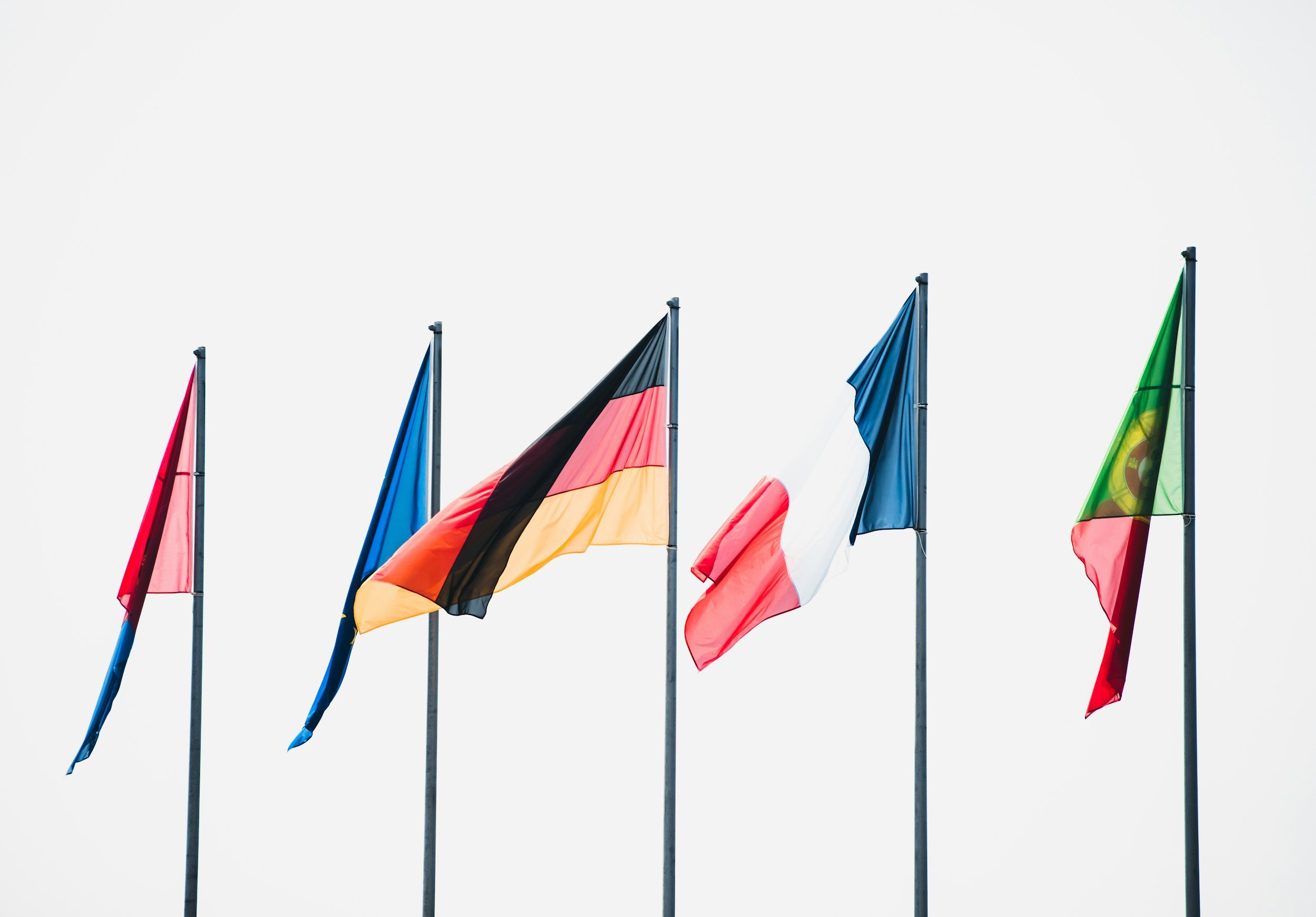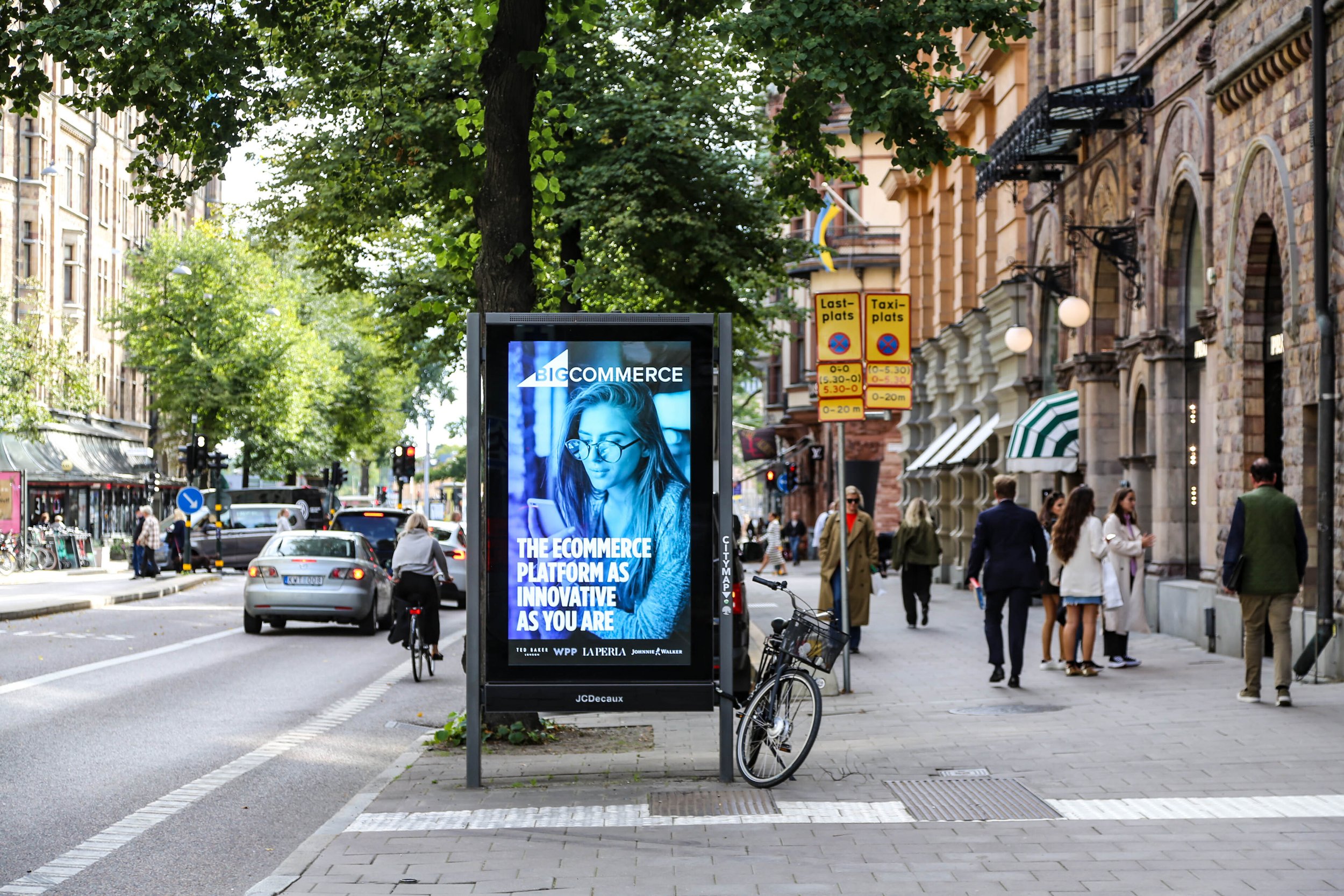International targeting tips - What is international targeting and how do you do it?
Key Takeaways
International targeting tailors media and messaging to specific countries, regions or language groups, beginning with deep research into audience demographics, culture, platforms and regulations.
Use geo‑targeted paid media, language targeting, time‑zone segmentation and localised creative, and complement digital campaigns with programmatic DOOH for flexibility.
Localisation goes beyond translation: adapt tone, imagery and offers, work with local influencers, test via A/B tests and measure performance by market to optimise spend.
International Targeting Tips: What It Is and How to Do It Right
In the ever-expanding world of media, marketing, and advertising, international targeting is no longer a niche strategy—it’s a must. Whether you're a startup breaking into new territories or a global giant fine-tuning your local relevance, international targeting is about identifying, reaching, and converting audiences beyond your domestic borders.
But doing it well isn’t just about exporting your current campaign—it’s about precision, cultural understanding, and smart media strategy.
In this blog, we’ll unpack what international targeting really is, how it works, and how media agencies can help brands do it effectively. From paid media and localisation to out-of-home and influencer partnerships, here’s how to make your brand feel native, even when it’s new to town.
International targeting tips - what is international targeting and how do you do it?
What Is International Targeting?
At its core, international targeting is the process of tailoring your marketing efforts to specific countries, regions, or language groups. It's about delivering the right message, in the right place, to the right people—no matter where they are in the world.
This means adapting your strategy across:
Media channels (what platforms people use)
Language and cultural nuances
Buying behaviours and decision-making cycles
Legal, compliance, and regional marketing regulations
International targeting isn't just about reaching more people—it's about making your message land in different markets with purpose and relevance.
Start with Market Research
The foundation of successful international targeting is deep, focused market research. Before you spend a single pound (or yen, or rupee), understand:
Audience demographics and psychographics
Top-performing local platforms and media habits
Cultural expectations and taboos
Competitor presence and market saturation
Armed with this, you'll know where the opportunities are, where to tread carefully, and where your brand can truly thrive.
Use Paid Media with Precision
Paid media—especially digital—is one of the fastest, most scalable ways to execute international targeting.
Here’s how to get it right:
Geo-targeting: Use platforms like Meta, Google, and TikTok to run campaigns in specific countries, cities, or even postcodes.
Language targeting: Separate campaigns by language to improve engagement and reduce bounce rates. Someone who sees an ad in their native tongue is far more likely to interact with it.
Time zone segmentation: Schedule ads to go live in the right time zone for each region—when your audience is most active.
Custom creatives per region: Don’t just translate—localise. Tailor your ad copy, visuals, and call-to-actions to the audience’s cultural and behavioural norms.
Lean Into Programmatic DOOH for Global Flexibility
One of the most powerful tools in international targeting is Programmatic Digital Out-of-Home (DOOH). It allows you to run dynamic, real-time campaigns on digital billboards and street-level screens around the world.
With programmatic tech, you can:
Launch campaigns simultaneously across cities and countries
Target based on data triggers like weather, events, or time of day
Update creative instantly, without needing to physically change artwork
As Klaudia, our OOH International Specialist, explains:
“Programmatic DOOH has given brands the ability to act global but feel local. You can be live in Paris, New York, and Dubai in the same hour—and still tailor your message for each. It’s efficient, scalable, and built for real-world impact.”
It’s outdoor advertising, evolved—and a smart choice for brands looking to make a bold, international impression.
Don’t Just Translate—Localise
One of the most common pitfalls in international targeting is direct translation. It might technically be accurate, but culturally? Off-key.
Localisation is the process of adapting your messaging, visuals, and offering to align with the cultural context of each market.
This might include:
Changing colours or symbols to avoid misinterpretation
Adjusting humour, tone, or idioms
Rewriting copy entirely to align with regional storytelling styles
Reconfiguring the user journey to match local buying habits
When done well, localisation makes a global brand feel native. And that builds trust.
Use Digital Marketing to Test and Learn
Digital marketing gives you an incredible advantage when going international—it’s measurable, optimisable, and fast.
Use A/B testing across different markets to test:
Headlines in local languages
Imagery that resonates regionally
CTAs based on local behavioural cues
Pricing and promotional offers
Platforms like Google Ads allow you to gather real-time insights and adapt on the go. As Alex, our Senior Search Lead, puts it:
“One of the best things about international targeting through Google Ads is how simple it is to start small and scale smart. You can test different languages, geos, and intent signals without overcommitting budget—then double down where the data proves there’s demand. It’s incredibly efficient for brands looking to grow globally.”
With tools like these at your disposal, entering a new market doesn’t have to be a gamble—it can be a calculated, data-backed decision.
Work with Local Influencers
If you're entering a new market, local influencers can act as your cultural interpreters. They already know how to engage your audience and can bring authenticity to your brand.
Depending on your objectives, consider:
Micro-influencers: Perfect for niche or regional campaigns, offering higher engagement.
Macro-influencers: Good for national scale and mass awareness.
Creators across platforms: Use YouTube in the US, TikTok in Southeast Asia, Instagram in Europe, or local platforms like Line in Japan.
Influencer marketing isn’t just about reach—it’s about trust. And in unfamiliar markets, that trust can’t be underestimated.
Segment and Adapt by Market
There’s no such thing as a "universal" international strategy. Every market is different—and should be treated as such.
Create separate audience segments per region and adapt:
Media mix (e.g. OOH in one market, TikTok in another)
Budget allocation based on opportunity size
Creative messaging
Reporting KPIs and success metrics
By treating each market like its own mini-campaign, you retain focus and improve performance.
Track Performance by Region
International targeting without measurement is just guesswork. Use analytics tools to track:
Engagement by location
Bounce rates by language
Conversion rates by campaign
Brand uplift by region (especially with DOOH)
This data should feed directly into your media strategy, allowing you to double down where you see traction, and rethink where things aren’t landing.
Final Thoughts
International targeting isn’t just about thinking big—it’s about thinking smart. It’s about asking: “How can we make this brand feel meaningful to people, wherever they are?”
With the right blend of media strategy, cultural insight, and creative adaptation, your brand can go from local favourite to global success story.
And whether you’re rolling out a Programmatic DOOH campaign across Europe, launching a digital-first brand in Southeast Asia, or just beginning your international journey—our agency is here to help make it happen.
Let’s take your message to the world—and make sure it sticks.










